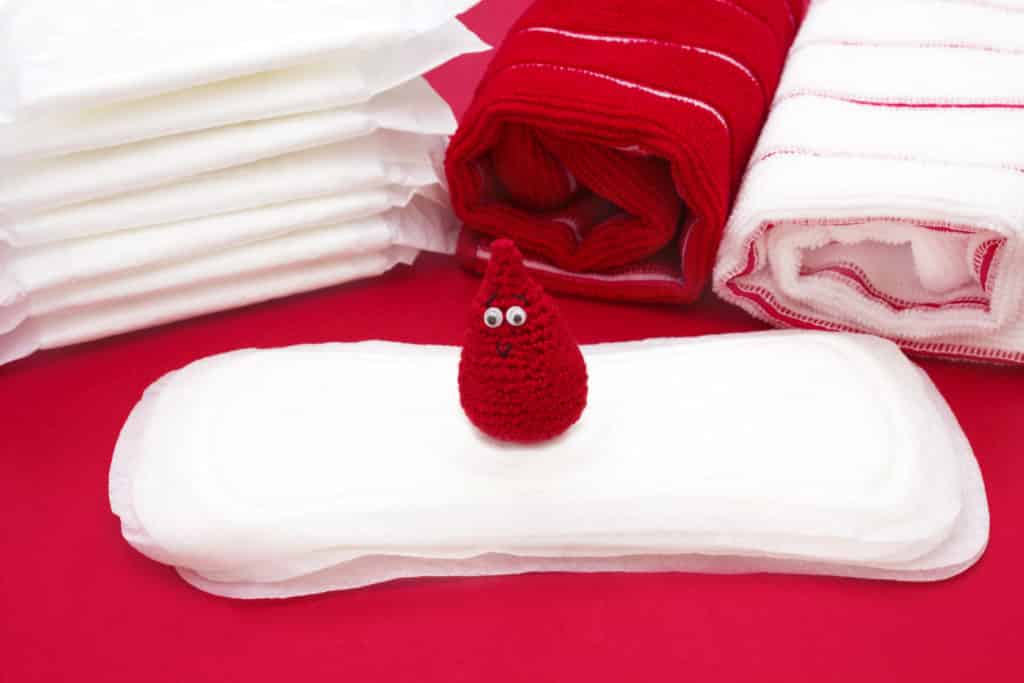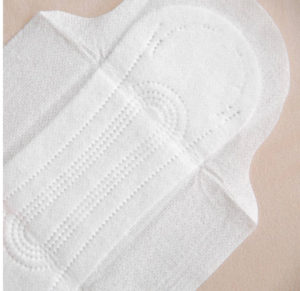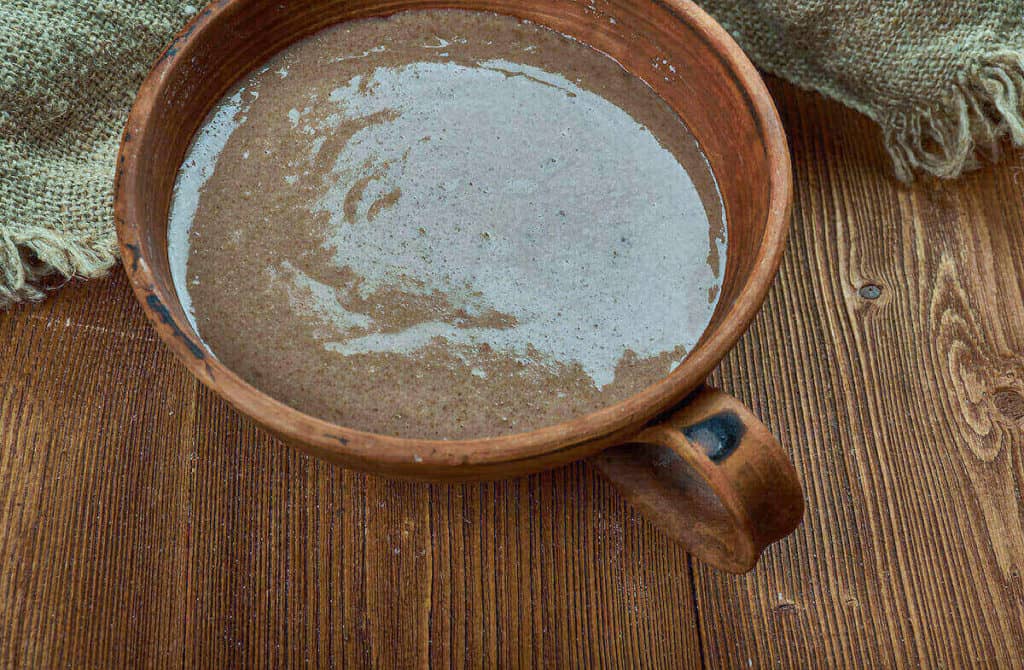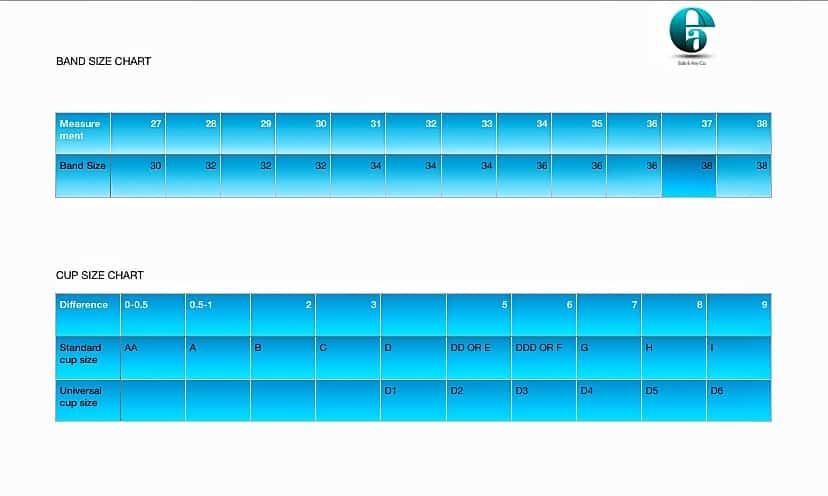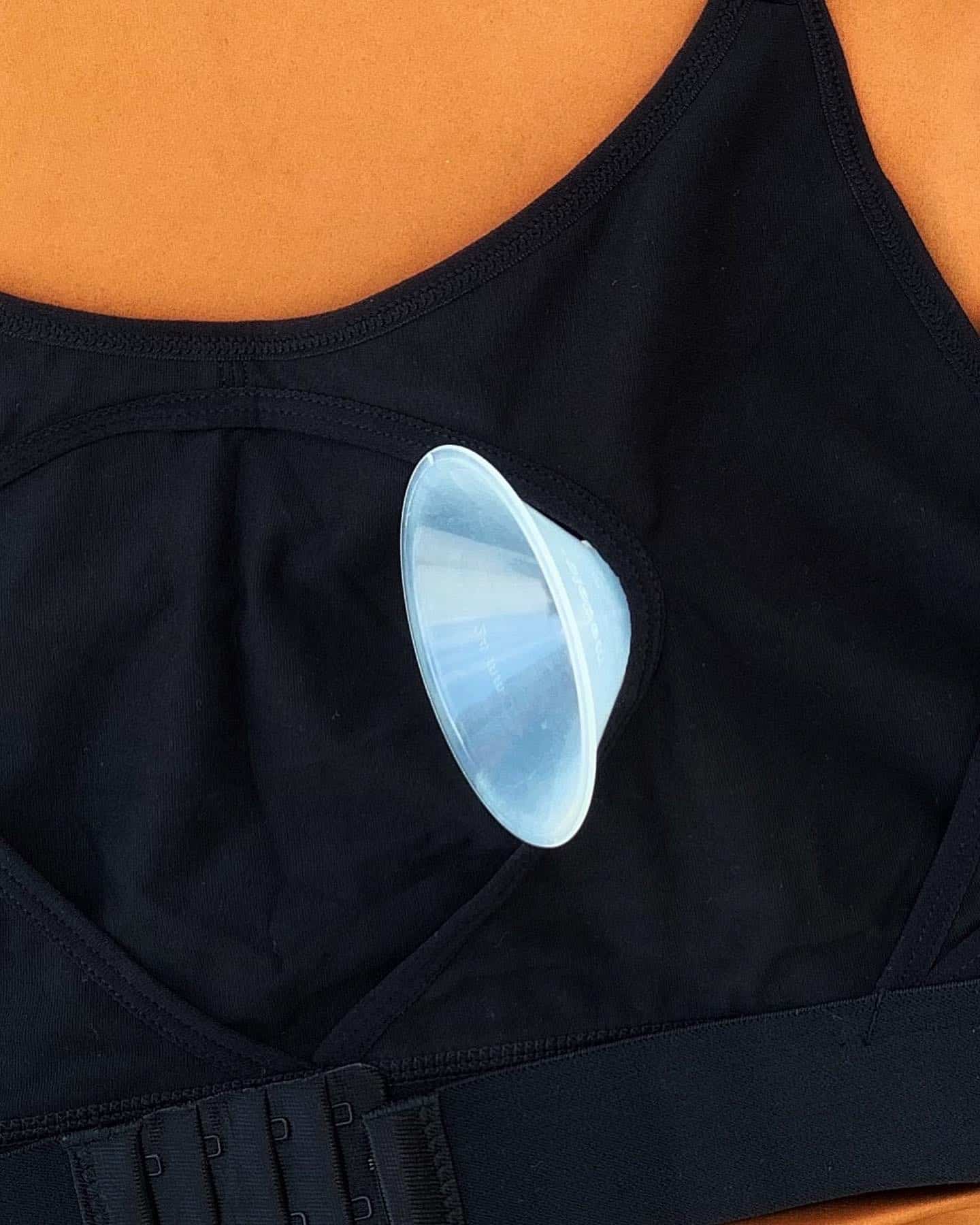Shade was very concerned about the wound on her newborn’s belly button. This umbilical cord stump just wasn’t healing as fast as it should.
Her friend, Fola, wrongly advised her to pull the stump and clean it with alcohol to speed up healing. A few days later, Fola took this advice, and it backfired terribly!
Her baby started bleeding profusely from the stump site and a hospital visit became crucial.
What’s an umbilical cord stump?
The umbilical cord is the connection between the placenta and the baby. The cord transports nutrients and oxygen through from you to you baby.
At birth, your baby’s umbilical cord is clamped and cut close to your baby’s body. It is a painless procedure that leaves an umbilical stump attached to his/her belly button.
A baby’s umbilical cord stump typically falls off within seven days to two weeks after birth. When this happens there may be some raw skin exposed. This is okay. In the meantime, treat your newborn’s umbilical cord stump with great care.

Umbilical Cord Stump: The Do’s & Don’ts
What You Can Do?

- Keep the umbilical cord stump very clean and dry. Wipe with cotton wool and clean water after each diaper change. Fold your newborn’s diaper away from the stump. This exposes the stump to air and prevents contact with urine.
- Secondly, the same way you care for a circumcision, give your baby sponge baths. This is when you apply water to the body using a small wash cloth without actual immersion in water. Although, there is no harm in getting the stump wet, sponge baths make it easier to keep the stump dry.
- Finally, during warm weather, dress your baby in a diaper and loose T-shirt to allow air circulation.
What You Shouldn’t Do?

- Avoid dressing your baby in tight or full undershirts. This creates a lot of discomfort that slows down the healing process
- Furthermore, do not attempt to pull off or cut the umbilical cord stump, even if it seems to be hanging by a thread. Doing this will increase bleeding in the newborn.
- We are currently asked not to use alcohol (methylated spirit etc) to clean the umbilical stump. Studies show that this kills bacteria which keeps the cord dry and help it separate. Instead, expose the stump to air which dries out the base.
- Don’t put cow dung, latern soot, local herbs potentially unsterile mix on the stump. This can spread germs and lead to an infection.
Signs of Infection of the Umbilical Cord
During the healing process, it is normal to see a little blood near the stump. The tip of the cord stump might bleed a little when it falls off.
However, the obvious signs of infection include:
- Redness or swelling at the base of the stump (where it meets connects to the baby’s tummy)
- Continuous bleeding
- Discharge of yellowish fluid or white pus
- Foul-smelling discharge
- Your baby flinching or crying out when the stump is touched (a sign of pain)
As parents, our babies depend on us to keep the umbilical stump clean to prevent infections which could potentially land baby back in the hospital.
Furthermore, attempts to speed up the drying process such as pulling the stump or applying anything that hasn’t been prescribed by your doctor are dangerous and should be avoided. These tips should be provided during your antenatal visit. However, if you missed the class, this article tells you all you need to know.
References
- Marble, K. (2018). Caring for your newborn’s umbilical cord stump. Accessed on 23rd June, 2020 from https://www.babycenter.com/0_caring-for-your-newborns-umbilical-cord-stump_127.bc
- American Pregnancy Association. (2020). Umbilical Cord Care. Accessed on 23rd June 2020 from https://americanpregnancy.org/first-year-of-life/umbilical-cord/
- Mayo Clinic. Umbilical cord care: Do’s and don’ts for parents. Accessed on 23rd June 2020 from https://www.mayoclinic.org/healthy-lifestyle/infant-and-toddler-health/in-depth/umbilical-cord/art-20048250















